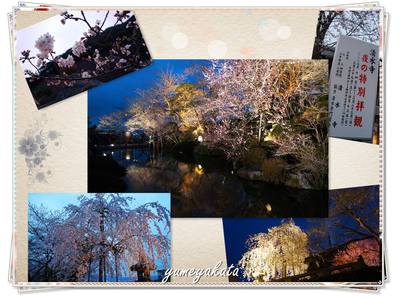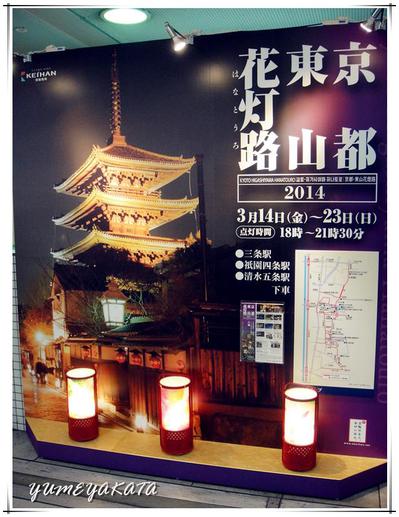清水寺夜観
趁著晩上天氣不錯上去清水寺走走,
晩上賞櫻花真的感覺很不一樣~
大家這幾天有來不妨可以去走走?!!
期間:3/29~4/13
時間:晩上6點半~9點半
門票費用:大人400日圓,小朋友200日圓
staff Kung
?
Today is the first day of the night special opening of Kiyomizu Temple!
Cherry flower really looks very different at night;) If you had come to Kyoto in these days, seize your opportunity!!
?
period: 3/29~4/13
open time: 18:30~21:30
price: ¥400 for adult; ¥200 for child
?
copy by staff Weng
?
2014年3月29日 15:34 | カテゴリー: 觀光資訊

